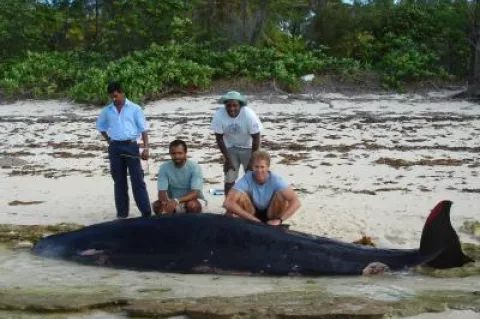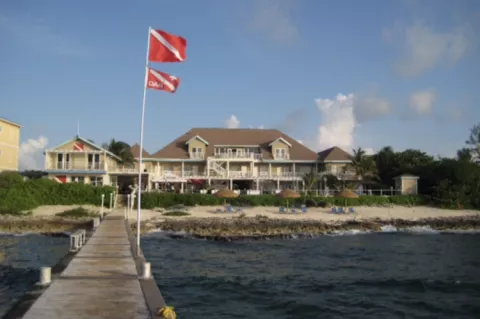New whale species discovered
The researchers used a combination of DNA analysis and physical characteristics to identify the new species from seven specimens found stranded in Sri Lanka, the Gilbert Islands (now Kiribati), Palmyra Atoll in the Northern Line Islands near Hawai'i, the Maldives, and the Seychelles.
The first specimen was a female found washed up on a Sri Lankan beach more than 50 years ago. At the time the National Museums of Ceylon, P.E.P (Paulus) Deraniyagala, described it as a new species, and named it Mesoplodon hotaula, after the local Singhala words for 'pointed beak'.
- Read more about New whale species discovered
- Log in to post comments






